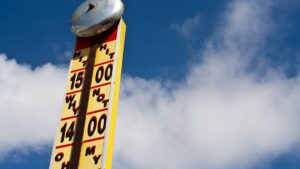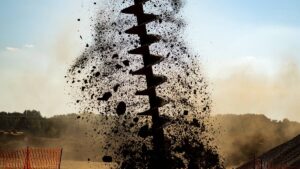Employment prospects for mining geoscientists bucking the trend

Activity is gathering pace in Australia’s mining sector with the Australian Institute of Geoscientists reporting improved job prospects for its members who mostly work in the sector.
After hitting a high of 10 per cent in the March quarter at the start of the COVID-19 pandemic, the unemployment rate for geoscientists in Australia has declined to 8.6 per cent in the June quarter, the AIG said.
“With more than three-quarters of Australia’s geoscientists working in exploration and mining, the results point to the absolute importance of our mineral resource industries in helping to maintain economic activity in Australia, even while in recession,” said AIG president, Andrew Waltho.
He said the improved employment rate shown in its survey of members contrasted with an uptrend in unemployment for workers generally in Australia.
“This quarter is the first time since the 2011 minerals boom that geoscientist unemployment has fallen below the unemployment rate for the Australian economy as a whole, pointing to the success of efforts being made to ensure business continuity and resilience during the pandemic,” added Waltho.
Geoscientist unemployment lowest in WA, Queensland
Still, around 17.4 per cent of geoscientists were underemployed in the June quarter, down only marginally from 18.1 per cent in the March quarter.
AIG members reporting underemployment may be working fewer hours than they would like, or working in a sector different to geoscience or mining.
There was a wide variation in unemployment and underemployment rates for geoscientists in different states of Australia.
Western Australia saw a reduction in unemployment for geoscientists in the June quarter, while the rate increased slightly in Queensland, NSW and Victoria.
Long-term unemployment rates for geoscientists was a stubbornly high 34 per cent, including 22 per cent who have been without work for two years.

UNLOCK INSIGHTS
Discover the untold stories of emerging ASX stocks.
Daily news and expert analysis, it's free to subscribe.
By proceeding, you confirm you understand that we handle personal information in accordance with our Privacy Policy.








